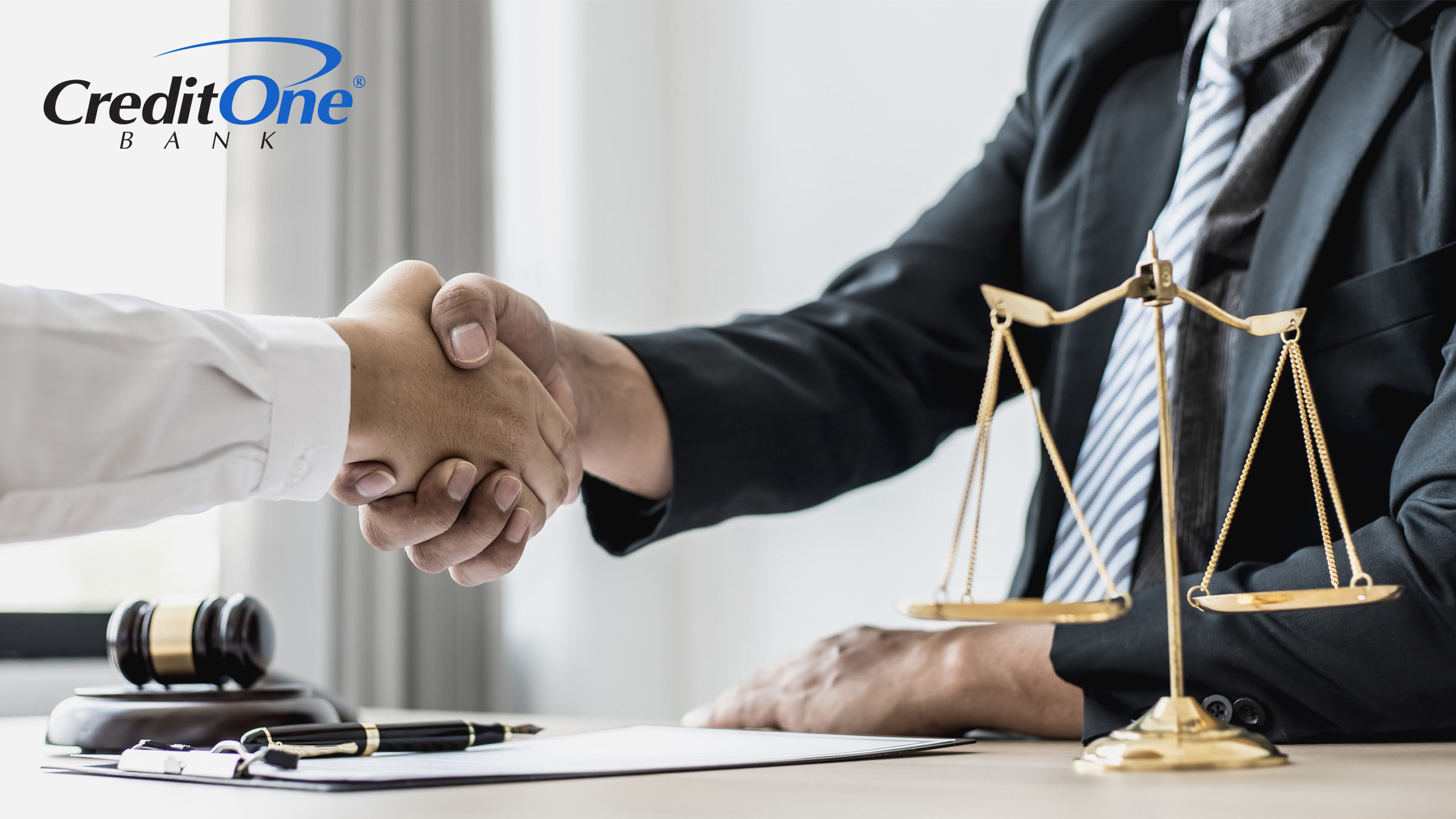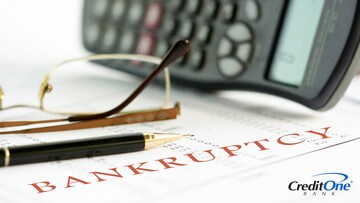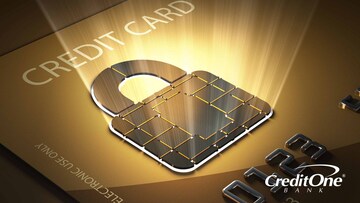
Applying for Loans, Mortgages and Credit Cards after Bankruptcy
April 05, 2018
Topics:
Financial TipsWorrying about finances after bankruptcy is natural. But here’s how to start on the journey of rebuilding your credit and securing a healthy financial future.

Introduction
Bankruptcy can leave you with more questions than answers, and rebuilding your life afterwards is often a long and difficult road. Once you have bankruptcy on your credit file, it will be harder to get approved for credit cards, loans and mortgages. At least for a while.
But despite the hurdles, you aren’t necessarily stuck with a lifetime of declined loan applications. You can strategically work towards rebuilding your credit and get yourself back on track over time. Every step you take forward can help improve your credit score and give you better opportunities to qualify for new financing. Yes, even after bankruptcy.
Steps To Take for Rebuilding Credit
Depending on what type of bankruptcy you filed, it can remain on your credit report for seven to 10 years. Chapter 13, or reorganization bankruptcy, stays for seven years. Chapter 7, or liquidation bankruptcy, remains for 10 years. Low-income earners who can’t repay their debts will typically go with Chapter 7, while Chapter 13 is designed for those who make enough money to afford a debt settlement payment plan.
Either way, it’s a long time to wait. If you’re worried about getting a loan after bankruptcy or being able to take out a credit card, keep in mind that the older this information is, the less it will affect your credit score. The diminishing impact of negative history combined with the increasing positive lift from your credit building activity may allow you to get approved for financing well before your waiting period is over.
Step 1: Get your credit report
The first step towards better credit is to request a copy of your report from each of the three credit bureaus — Experian, TransUnion, and Equifax. Each report may be different, because not all creditors report to all three agencies. So, review each one and make sure all of the accounts involved are labeled as discharged.
You have the legal right to get each of your credit reports for free once a year, but now you can order them every week from AnnualCreditReport.com. You won’t see your actual credit score on these reports, but you can verify that everything was taken care of appropriately when you filed for bankruptcy.
Step 2: Establish positive financial habits
Bankruptcy provides an opportunity for a clean start. So now that you’re officially at credit “ground zero,” there’s only one way to go — and that’s up.
From here on out, make it a priority to develop and maintain good financial habits.
- Choose a budgeting system and stick to your monthly plan
- Reduce any unnecessary spending
- Stay on top of your credit card payments by paying on time, every time
- Use AutoPay to make sure you never miss a payment
- Keep credit utilization ratios low on every card
Step 3: Rebuild your credit history
Rebuilding requires establishing positive credit history, so it’s a good idea to get a card that’s designed specifically for helping consumers rebuild credit. Your credit limit will likely be pretty low, and the interest rates may be on the higher end of the scale, but that’s OK. Make sure you only charge a balance you know you can pay in full each month so you don’t build up more debt, which will just start the vicious cycle all over again. And if you always pay during your grace period, you can avoid interest charges too.
If you don’t qualify for an unsecured card because of your damaged credit score, consider getting a secured card. There’s often no credit check required since you’re putting down collateral. Providing money up front to secure your credit line might seem strange, but secured cards are a tried-and-true tool for rebuilding credit. As you charge small amounts to the card and then pay them off each month, you’re building a strong credit history that will help you get back on track.
Can You Apply for a Loan Following Bankruptcy?
Rebuilding credit after bankruptcy is more of a marathon than a sprint, so you’ll probably have to avoid applying for a loan immediately. And even for the first year or two, your lending options might be limited. It will be easier to qualify for good terms after you’ve worked on boosting your credit score and allowed some time to reduce the negative effects of bankruptcy.
But there is a positive side to being post-bankruptcy, especially if you discharged your debts completely. The process of erasing those previous debts will have improved your debt-to-income ratio, which is one of the most important factors that lenders use to calculate approvals. So before applying for a loan, take the time to understand any lending criteria you need to fulfill, like having a steady income and making on-time payments.
Can You Apply for a Mortgage After Bankruptcy?
Just like other types of loans, you may not be able to get a mortgage right away. Conventional home loans usually comply with standard Fannie Mae or Freddie Mac guidelines, which say you need a credit score of at least 620 to buy a house — and you have to wait two to four years after bankruptcy.
During this time, you can take steps to build your credit and save money for a down payment. The more you put down, and the higher your credit score, the better your chances of qualifying for a competitive home loan.
You can also consider loans insured by the Federal Housing Administration (FHA), which is part of the U.S. Department of Housing and Urban Development (HUD). These are generally the easiest types of mortgage to qualify for, since credit score requirements can be as low as 500. They’re also available with smaller down payments — potentially as low as 3.5%.
Writing Your Own Financial Story
Just because you had to file for bankruptcy, it doesn’t mean you need to give up on your future. Rebuilding your credit after a financial crisis is a second chance to get it right. Whatever went wrong the first time around is a lesson you can learn from and put into action.
You may have overspent before, but you can follow a budget now. You might have been hit by an unexpected emergency, but you can start an emergency fund to help cover the next crisis. And you may have just been a financial novice in the past, but now you can learn the ins and outs, and apply that new knowledge to your life.
Bottom Line
Bankruptcy is one of the most negative financial events you can experience, and it usually takes a huge toll on your credit. But taking stock, making changes, following the steps to rebuild, and using the fresh start as an opportunity will help you leave that all behind. Then you can move toward a better future.
Since you need a credit card to rebuild your credit, improve your chances of approval by choosing one that caters to people with lower credit scores. And if you have to go with a secured card to start, just look at it as a financial tool for getting you where you need to go.


